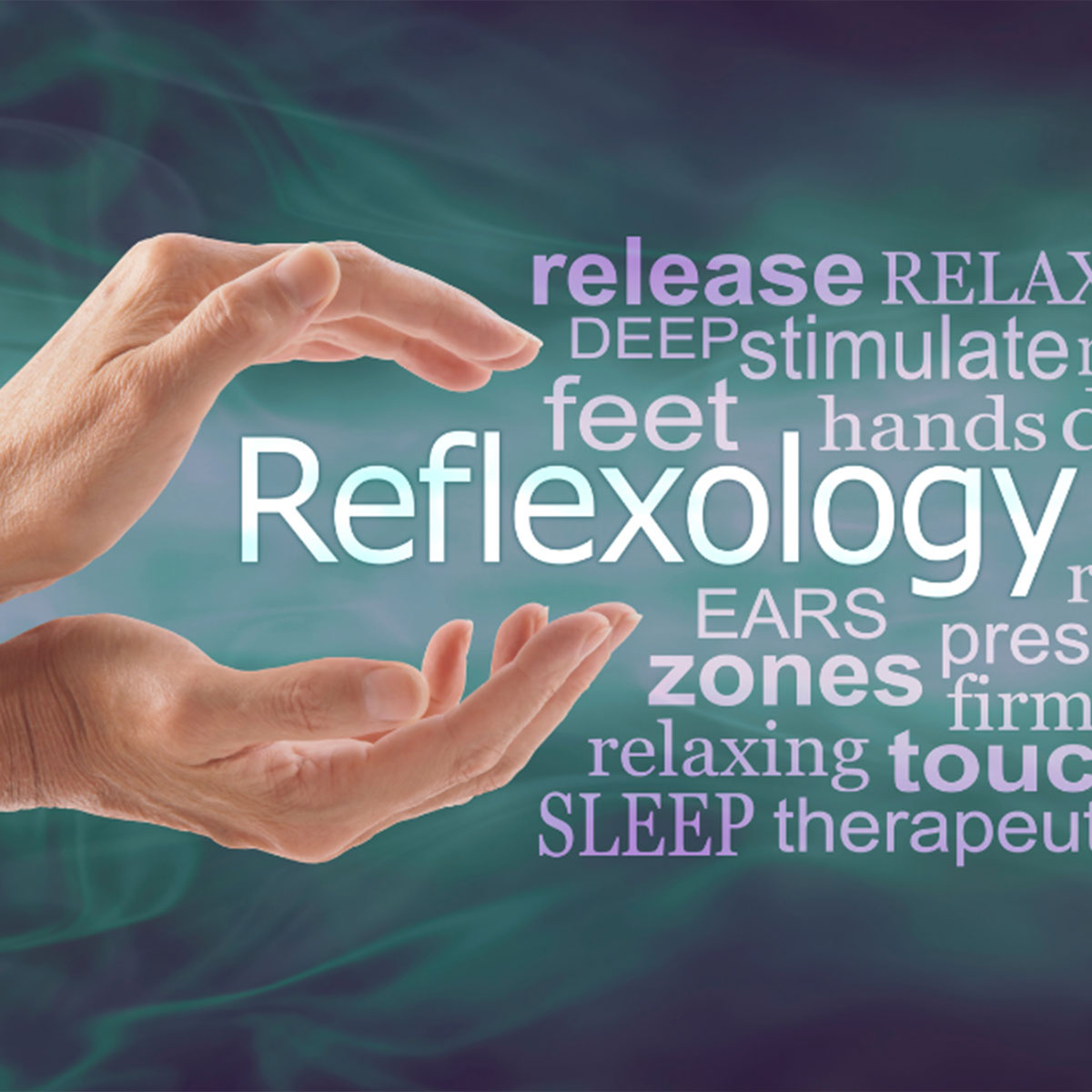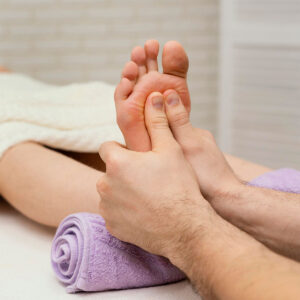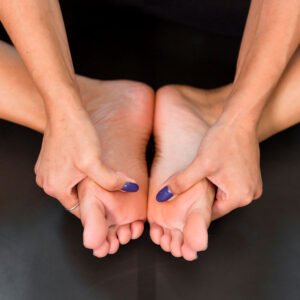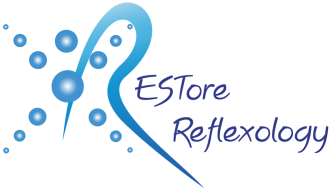In the world we live in today it’s important to discover methods to unwind and take care of our well-being.
The art of reflexology is becoming increasingly popular for its healing properties by stimulating pressure points on the feet, scalp, ears, and hands to enhance well-being and help alleviate health concerns.
“What is reflexology precisely and how does it work?”
Reflexology
Reflexology (aka regional therapy and reflex massage therapy) is a therapy treatment that doesn’t involve medical procedures and can help enhance a sense of deep relaxation and overall wellness.
The belief, behind this modality, is that specific points located in the feet, scalp, hands, and ears are connected to other areas of the body.
Reflexologists use pressure on these points to help activate the body’s self-healing abilities and enhance blood flow while also easing tension.
The Origins of Reflexology
Reflexology dates back to civilizations like China and Egypt over 4000 years ago according to historical records. Eunice Ingham, known as the ‘mother of reflexology’, was instrumental in the development of reflexology during the 1930s by charting out the reflex points, on hands and feet that form the basis of current reflexology techniques.
What is the Mechanism, Behind Reflexology’s Effectiveness?
Reflexology is based upon the belief that certain points, in the body are linked to other organs and body systems.
For example; the toes connect to the head and the ball of the foot represents the heart and chest area, and reflexologists apply pressure using methods, like thumb walking and finger walking to activate these specific points. This practice aids in removing any obstacles, in the energy flow known as “chi ” allowing the body to enhance its healing powers.
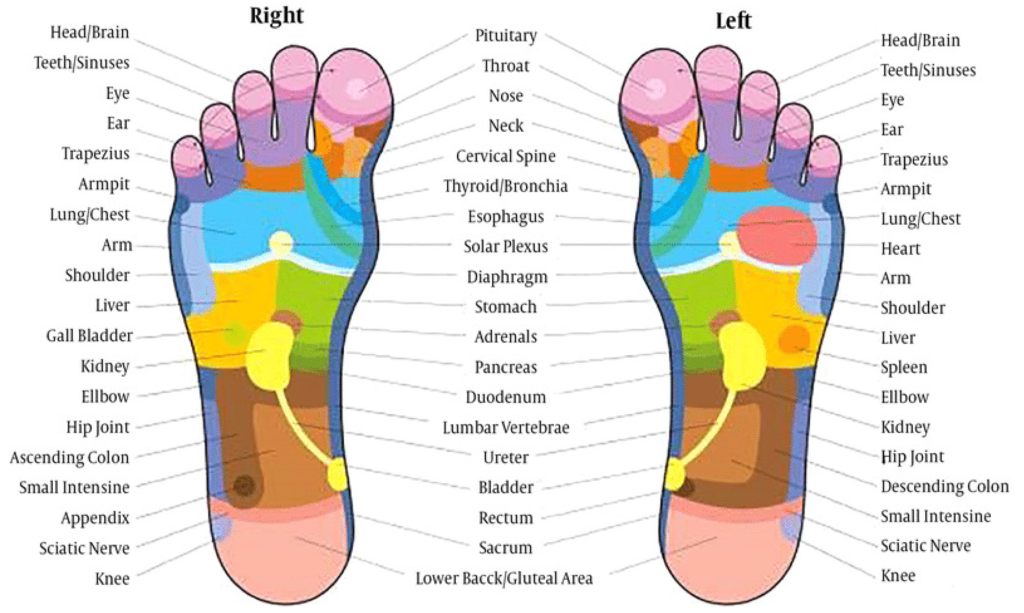
Advantages of Reflexology
Reflexology provides a variety of advantages such, as:
- Finding relief, from stress is possible, with reflexology, which aids in reducing stress levels and promoting relaxation by activating the system and triggering the release of endorphins.
- Enhanced blood flow benefits by boosting the delivery of oxygen and essential nutrients, to cells while eliminating waste products, for health and vitality.
- Reflexology is known to help reduce pain by focusing on points linked to the specific area of discomfort.
- Regular sessions can help improve the system’s strength and resilience, against illnesses.
- Enhancing restful sleep quality – reflexology can enhance sleep quality by encouraging relaxation and alleviating stress.
Popular Methods Used in Reflexology Practice
Reflexology practitioners employ a range of methods to activate points. Walking with the thumbs or fingers by applying pressure in a walking motion, on points, on the body. Applying pressure to a spot in order to stimulate it is known as rotating on a point.
In a reflexology appointment session usually runs for about 20 to 90 minutes, where you will be, in a sitting or lying position while the reflexologist focuses on your feet or hands along, with possibly your ears or scalp as well.
The reflexologist applies pressure and a variety of techniques to activate the points on your feet or hand’s corresponding zones. Individuals find reflexology to be a calming and soothing practice, and it’s quite normal to feel either drowsy or invigorated following a session.
Common Misunderstandings Regarding Reflexology
There are misconceptions and myths surrounding reflexology that need to be clarified for understanding;
First off is the belief that reflexology can identify illnesses which is untrue; it’s actually more of a complementary therapy aimed at enhancing general wellness rather than a diagnostic tool itself.
Another common misconception is viewing reflexology as a foot massage – while foot massage is indeed an element of it; reflexology goes beyond that by focusing on reflex points to facilitate healing processes.
TLDR; of Reflexology
Reflexology is a therapy that doesn’t require invasion and can provide health advantages such, as easing stress and enhancing blood circulation and pain control mechanisms. It’s a way to address health concerns or simply improve your general health and wellness.
Consider scheduling a session with a qualified reflexologist to discover the positive effects firsthand.

